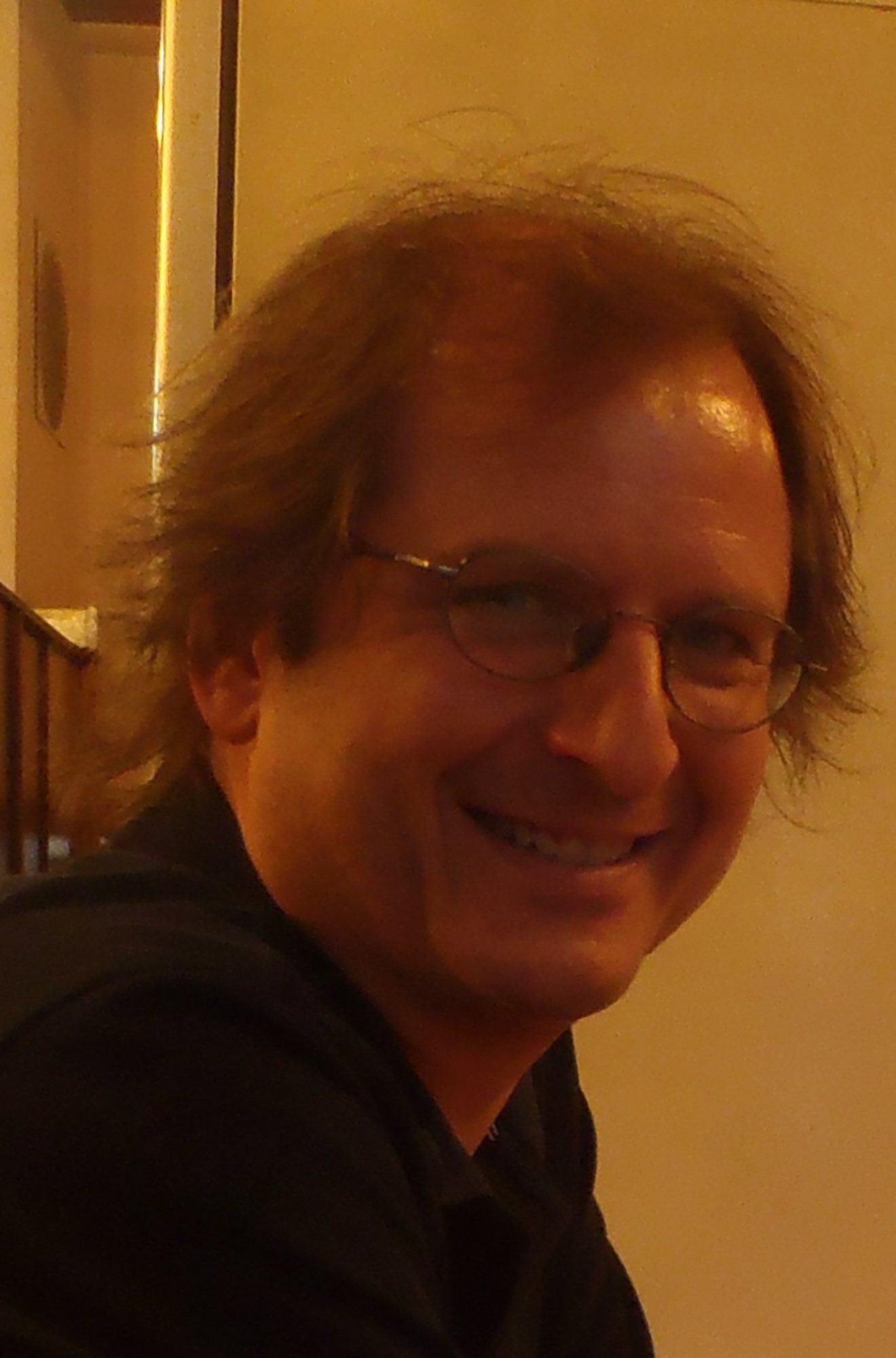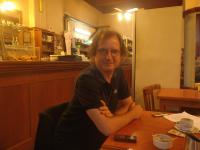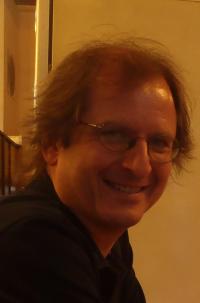The grey zone of of impunity fascinates me

Download image
Martín Kohan was born in 1967 in Buenos Aires, lectures literary theory at the local university and at the University of Patagonia. He is an author of essays, stories and novels. He achieved the largest international success by his novel Ciencias morales (Ethics, 2007), which was awarded the Spanish award Herralde for a novel (2007) and was later opted into a movie by Diego Lerman, called La mirada invisible (Invisible view). Amongst author´s other important novels are Museo de la Revolución (Muzeum revoluce, 2006), Dos veces junio (June, Twice, 2002) and Segundos afuera (Seconds outside, 2005). In 2014 he received as one out of five best Argentinian novelists an award of the Konex foundation in 2008-2010.

